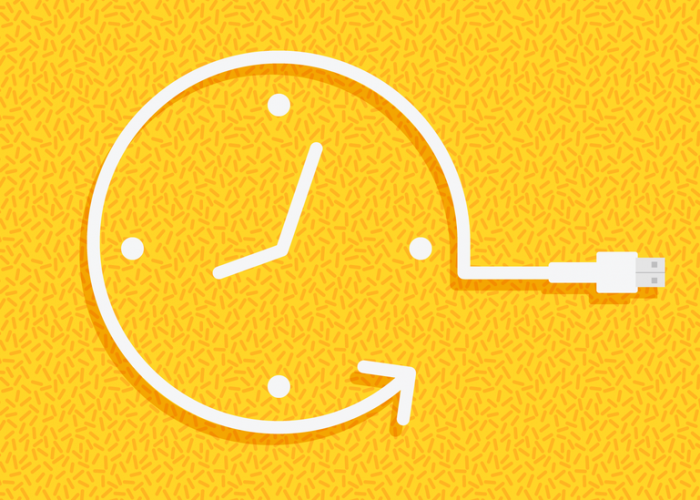The major phone manufacturers declined to provide any recommendations for specific charging techniques when we asked, but they do offer vague tips on their websites.
- Apple says you should charge your Apple lithium-ion battery whenever you want and adds that there is no need to let it discharge 100 percent before recharging. On a different page on Apples website, the company notes that you should avoid extreme temperatures (especially over 95 degrees Fahrenheit) and remove cases that might cause your iPhone to overheat while its charging. But Apple doesnt outline when you should or shouldnt charge or suggest any optimal charging thresholds.
- Googles recommendation is similarly straightforward: Charge as much or as little as needed. You dont need to teach your phone how much capacity the battery has by going from full to zero, or zero to full, charge.
- Samsung advises charging regularly and keeping the battery above 50 percent. The company also says that leaving your phone connected while its fully charged may shorten the battery life.
Charging your phone all of the time and letting it run dry are habits that may erode its battery life. But are they liable to have enough of an effect to make a practical difference before you upgrade to a new model?
Two-year wireless service contracts may be a thing of the past, but modern installment plans usually still require two years to pay off a phone, meaning people who dont buy their phones outright are likely to keep them at least that long. A notable exception is Apples iPhone Upgrade Program, which promises a new iPhone every year. But even with the advent of such programs, recent data suggests that phone replacement cycles are lengthening rather than getting shorter. A 2019 study found that Americans now keep their smartphones for an average of nearly three years. Those who prefer Apple may keep their iPhones even longer up to four years, according to one analysts report.
If you dont upgrade regularly and dont follow ideal charging practices, it stands to reason that you may find your phones battery life lacking over time. However, other factors including how much you use your phone in general most likely have a much larger impact on battery longevity than charging behavior. Thats because lithium-ion batteries are rated for a specific number of charge cycles, or times they can be filled up. (These cycles are cumulative, so two charges from 50 percent to 100 percent count as one cycle.) So the more you use your phone, the more you have to recharge the battery, and the more it degrades.
In an informal poll of 32 Wirecutter staffers who use iPhones, the lowest battery capacity reported after two years of ownership was 85 percent. Of the survey respondents, just one person reported meticulously keeping a phones battery level within a certain range. The vast majority (29 respondents, or 91 percent) indicated that they simply charged their phones when the battery level was low, or overnight, while two people reported they charged their phones more or less constantly when a charger was available.
Although our poll results show a general decline in iPhone battery health over time, as you might expect, they also suggest that theres little direct correlation between battery age, charging habits and battery health. For example, one iPhone 7 owner reported that after 42 months, the phone still had 87 percent battery health, despite the decision not to micromanage its charge levels. Another iPhone 7 user reported just 64 percent battery health despite the phone being six months younger than the other respondents phone and being on the same charging routine.
A loss of 15 percent of your battery capacity over two years is noticeable, but it leaves enough juice especially with the larger batteries in newer iPhone models that most people can still get through the day without plugging in. For heavier phone users who wear down their batteries more quickly, or those who have older phones with smaller batteries and more marginal battery life to start, the good news is that batteries can be replaced fairly cheaply. Apple charges $50 or $70, including labor, depending on your iPhone model. Best Buy will replace a Samsung Galaxy battery for $50. Googles walk-in repair partner for Pixel devices, uBreakiFix, charges about $80 to $110 to replace batteries. Or you can do it yourself, by following the guides on iFixit.
In the long run, you need to choose whats right for you: babying your battery to extend its life, or charging it at your convenience so that your phone is more likely to be juiced up when you need it.read more


